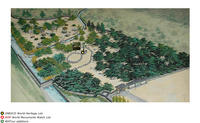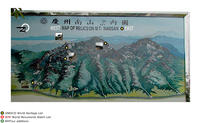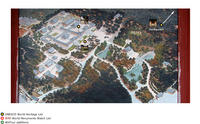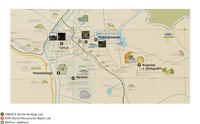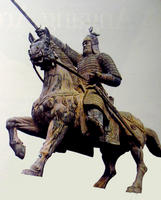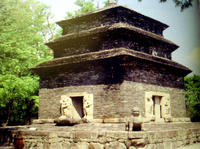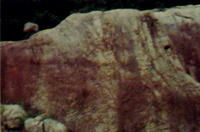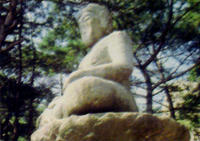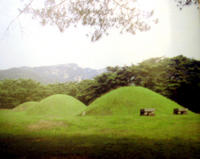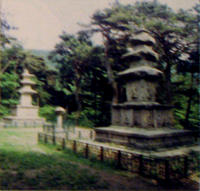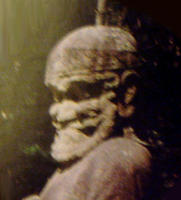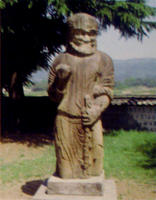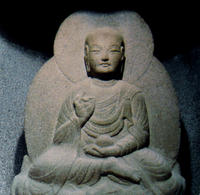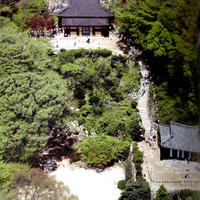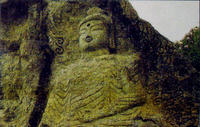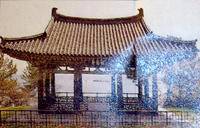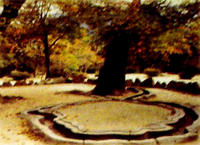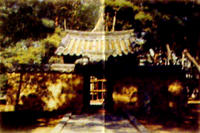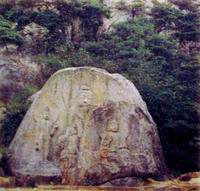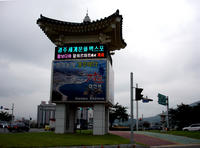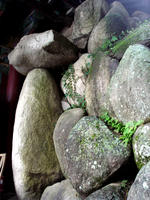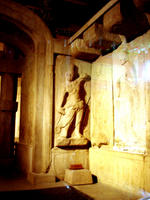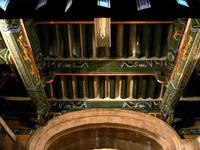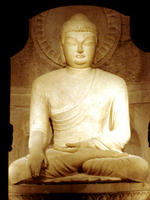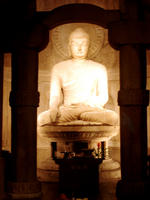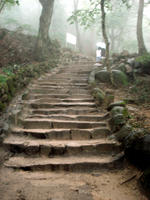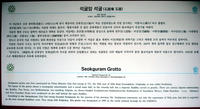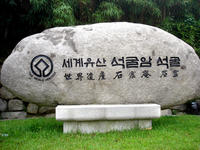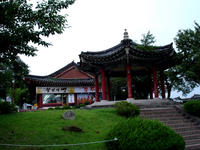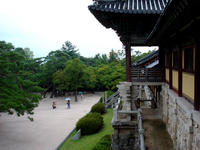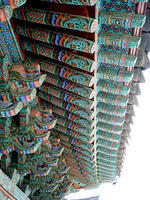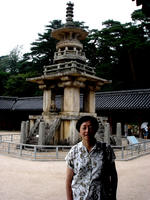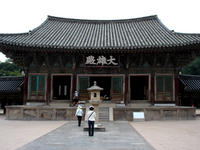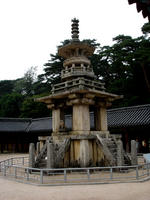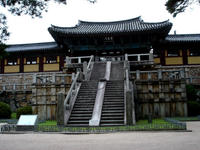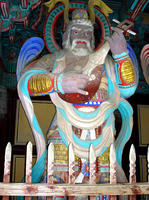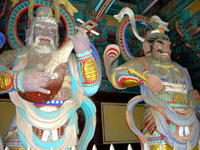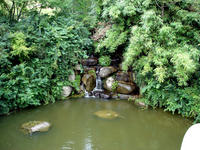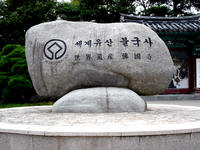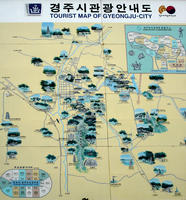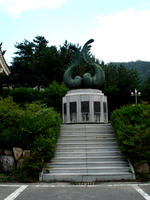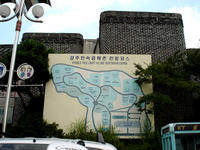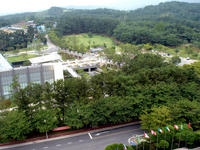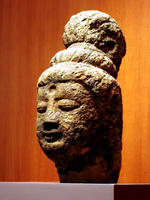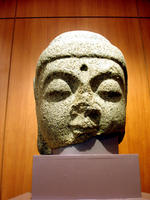You are in: Asia -> Korea, Republic of -> Gyeongju Historic Areas, and traditional search or Image Gallery will yield results of this site only
Gyeongju Historic Areas
| Site number: | 976 |
|
| Type of site: | Cultural | |
| Date: | 7-10th century | |
| Date of Inscription: | 2000 | |
| Location: | Asia, Republic of Korea, Kyongju City, Kyongsangbuk-do Province | |
Up to 75 images are shown here. Click on each for more details or on Image Gallery for more images.
| Description: | The Gyeongju Historic Areas enclose a notable concentration of exceptional Korean Buddhist art examples, markedly in the shape of sculptures, reliefs, pagodas, and the vestiges of temples and palaces coming from the zenith of this type of distinctive artistic expression (7th-10th centuries). --WHMNet paraphrase from the description at WHC Site, where additional information is available. For 360 degree imaging of this site, click here. | |
| The Gyeongju Historic Areas of South Korea were designated as a World Heritage Site by UNESCO in 2000 CE. The protected areas encompass the ruins of temples and palaces, outdoor pagodas and statuary, and other cultural artifacts left by the Silla Kingdom. The historic areas are sometimes known as one of the largest outdoor museums in the world. The Mount Namsan belt is anchored by Mount Namsan, a mountain that was held sacred by the Silla people. Both Buddhist artifacts and artifacts related to Shamanism that predate the introduction of Buddhism to Korea have been found at this site. The main attractions of this portion of the Gyeongju Historic Areas are the ruins of Banwolseong (Half-moon Palace/Fortress), the Gyerim forest, the ruins and reconstructions of the pavilions at the artificial Anapji Pond, the ruins of the Imhaejeon Palace, and the famous Cheomseongdae Observatory. According to the excavated foundation stones, Hwangnyongsa was the largest temple ever built in Korea and covered 72,500㎡. The Bunhwagsa Temple exists today at a fraction of its size. In the past, it was one of the most important Buddhist temples. A stone pagoda made from brick-like stones is a popular ruin. It is believed to have had seven or nine stories but only three remain today. --Wikipedia. Text is available under the Creative Commons Attribution-ShareAlike License. For 360 degree imaging of this site, click here. | ||
| Source: | http://whc.unesco.org/en/list/976 | |
| Source2: | http://whc.unesco.org/en/list/976/video | |
| Reference: | 1. UNESCO World Heritage Center, Site Page. | |


